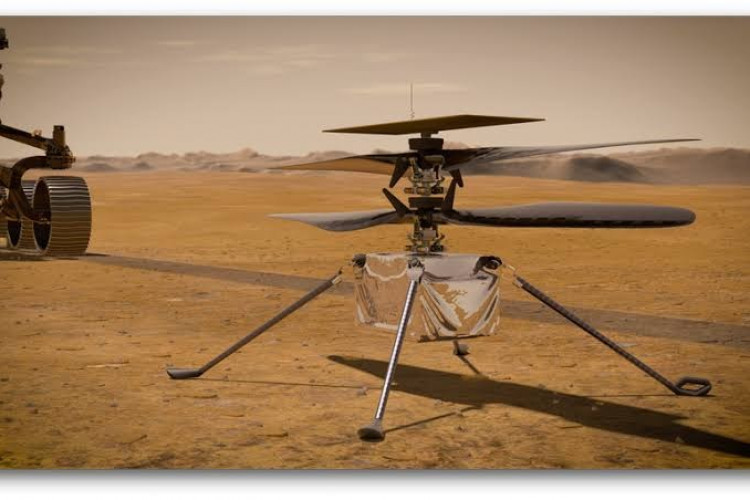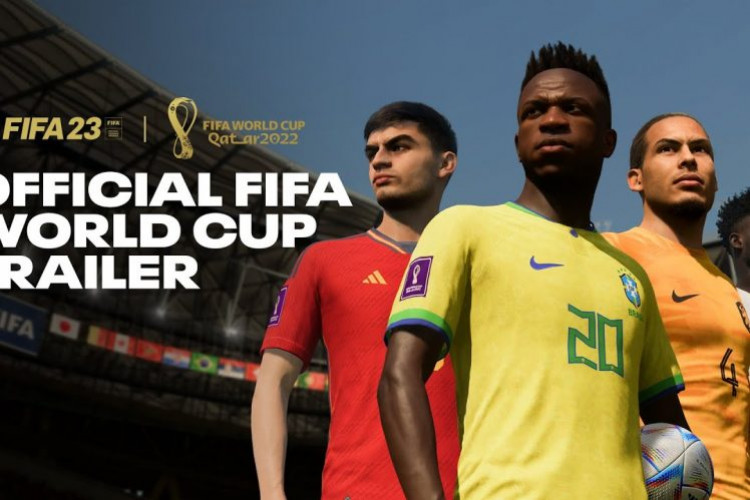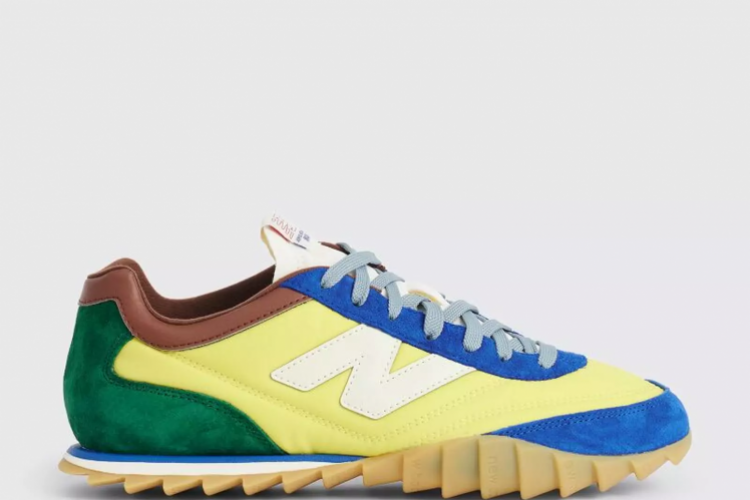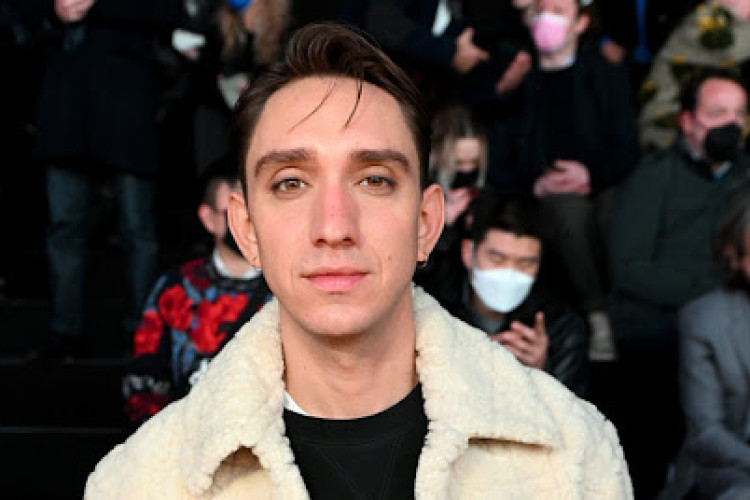Education and Culture with Dr. Jonathan Zilberg
The Whiteboard Journal (W) talks visits Anthropologist Dr. Jonathan ZIlberg (Z)
by Ken Jenie
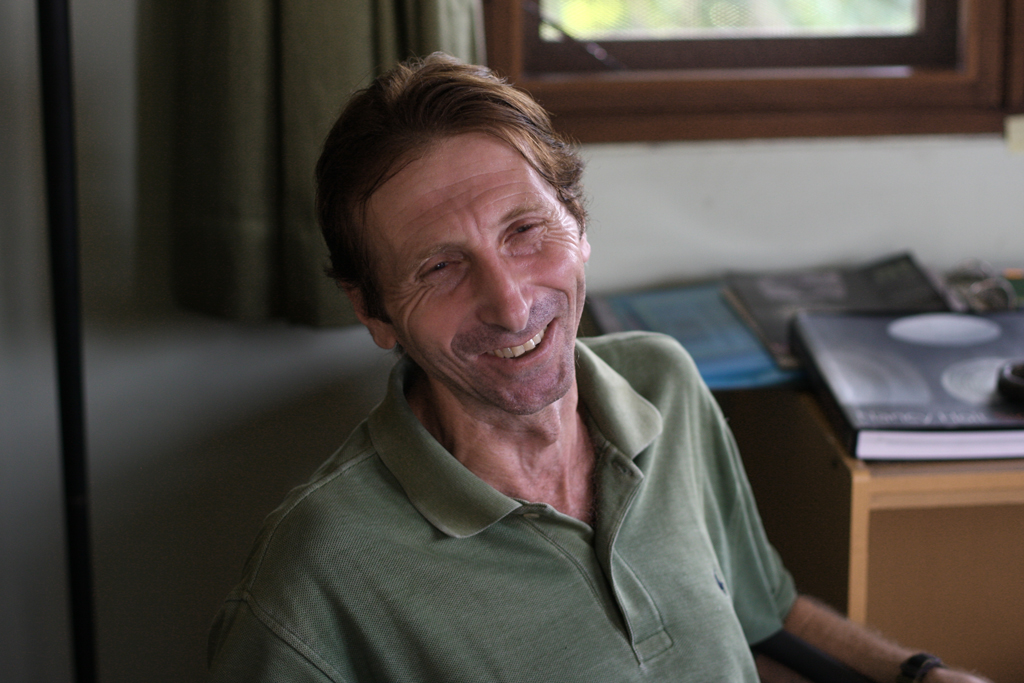
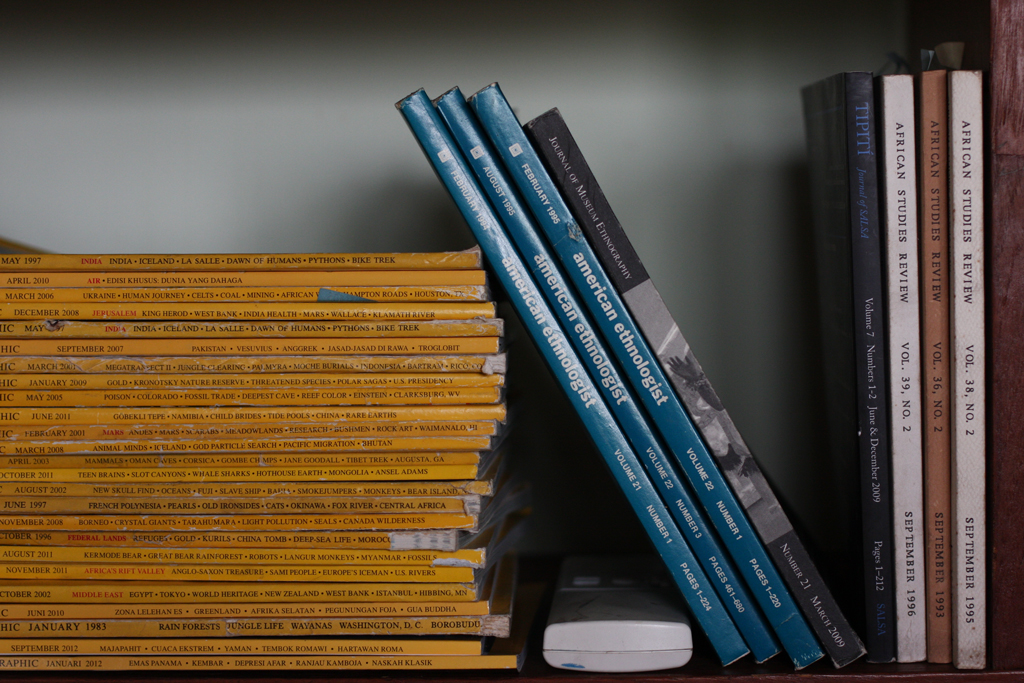
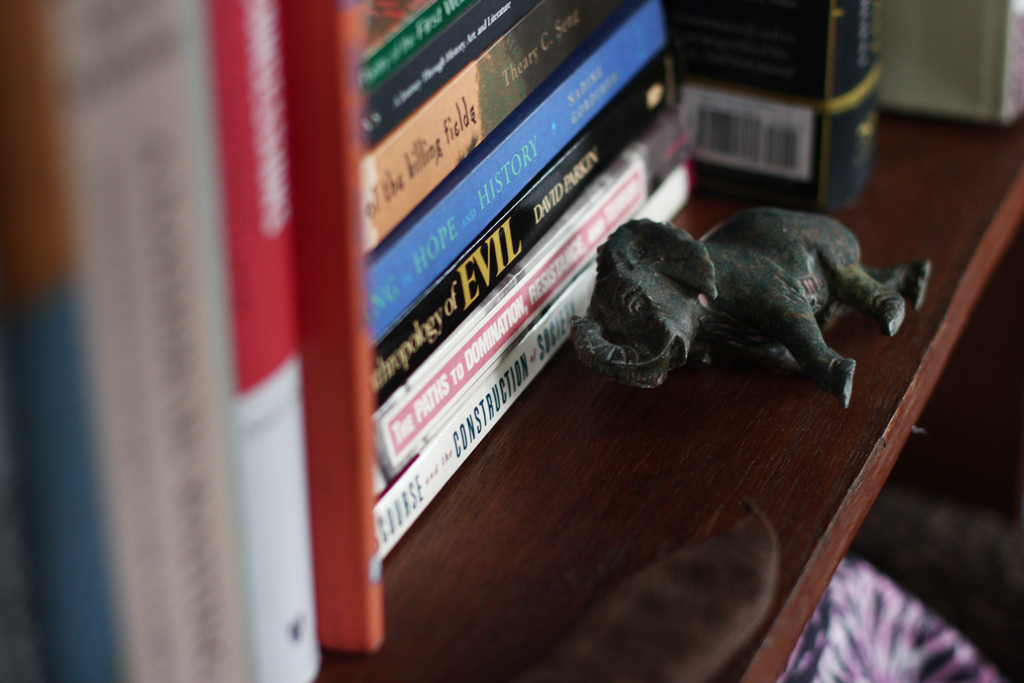
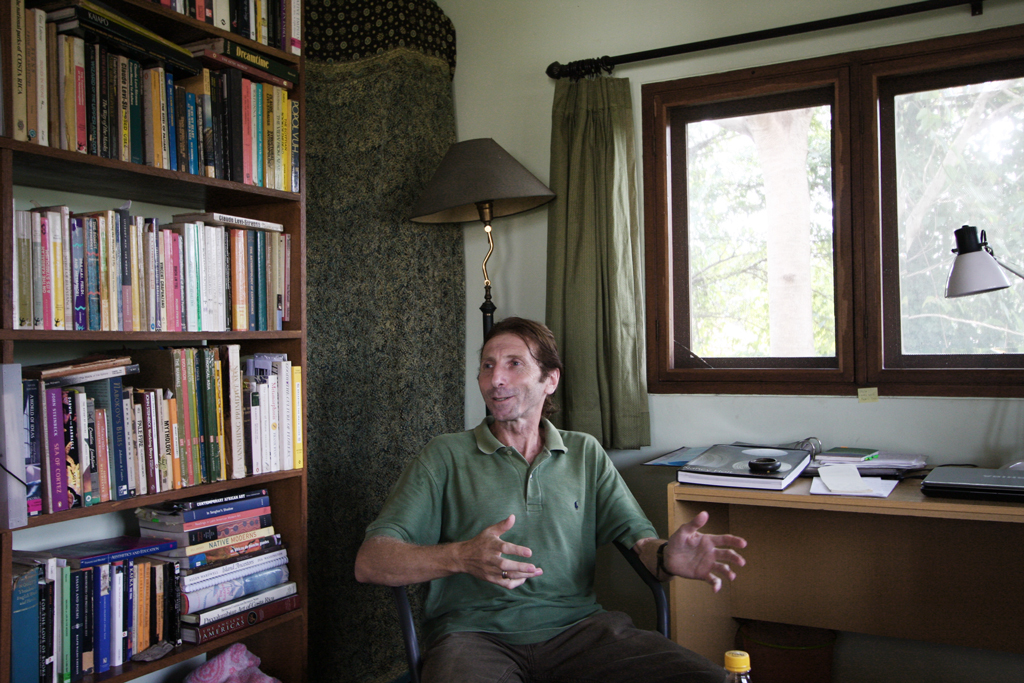
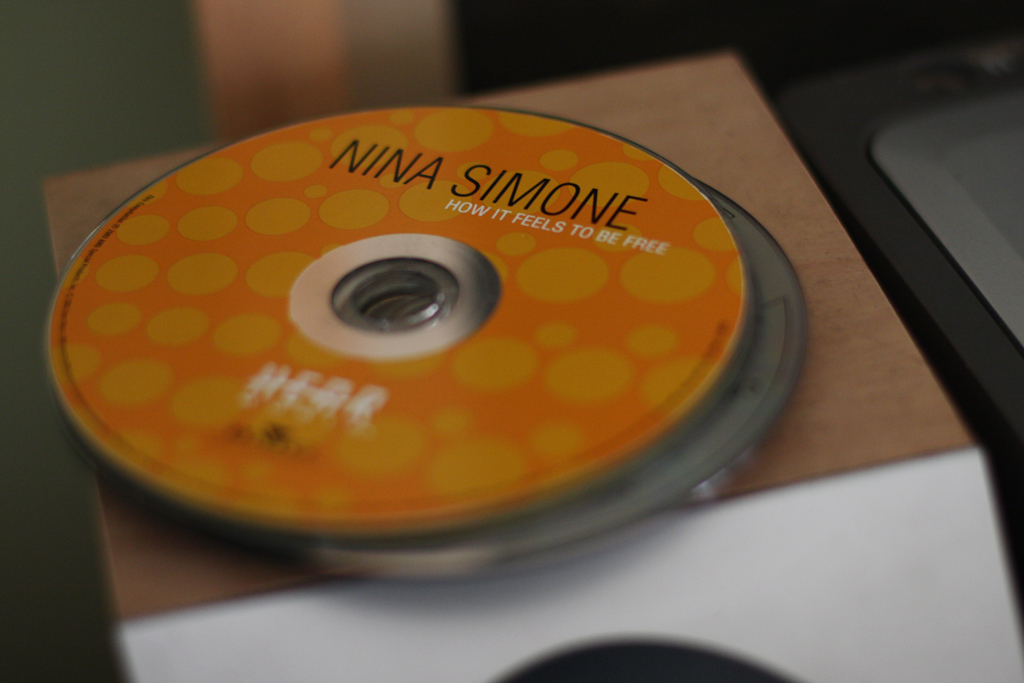
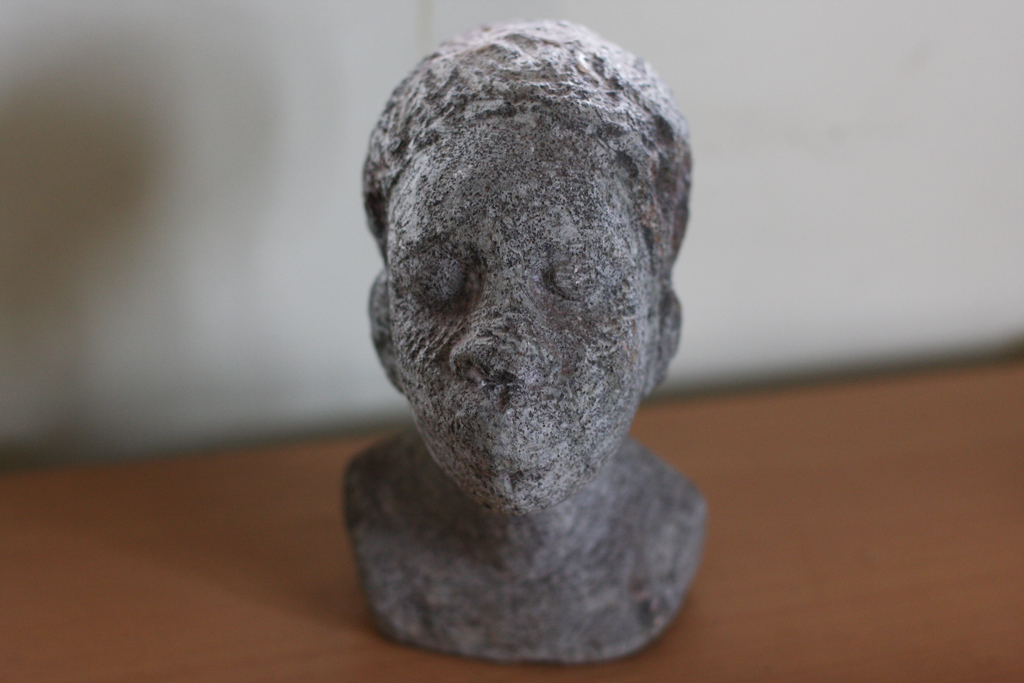
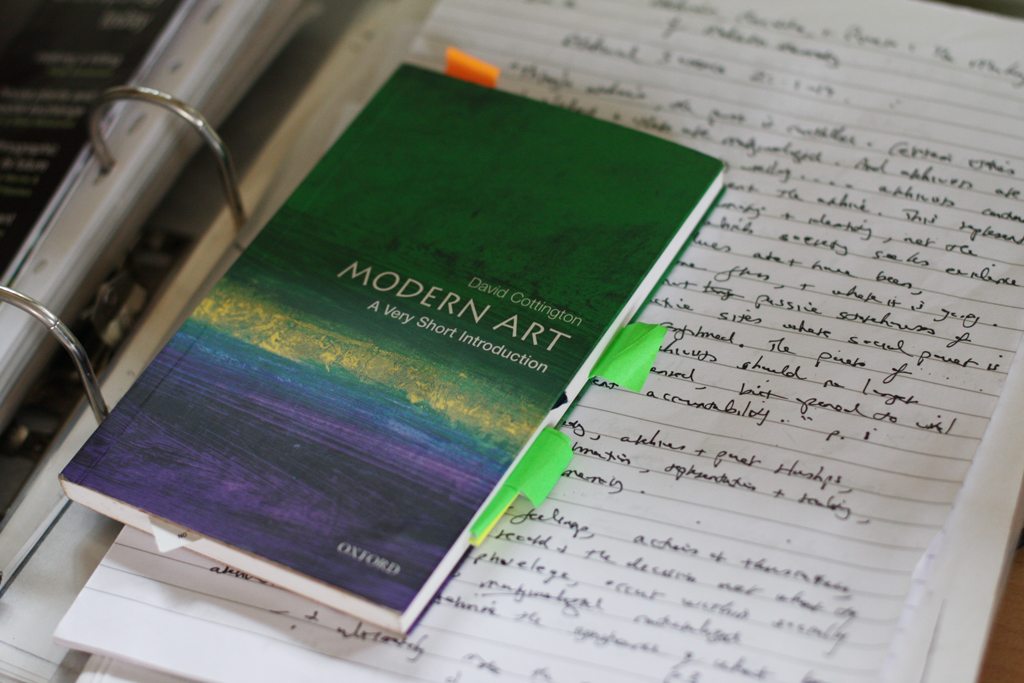
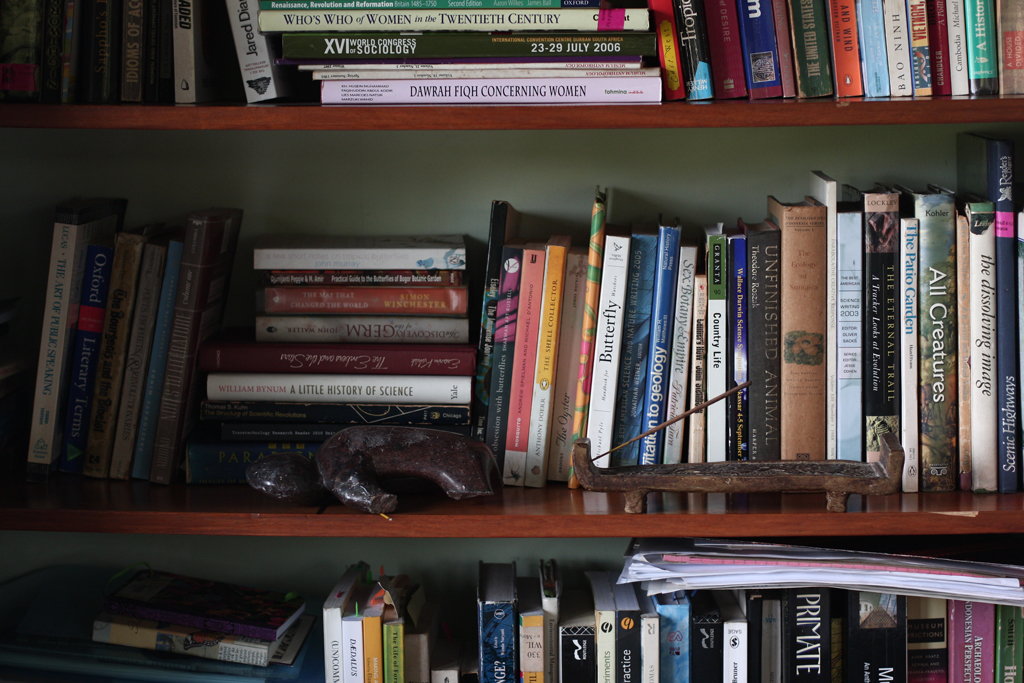
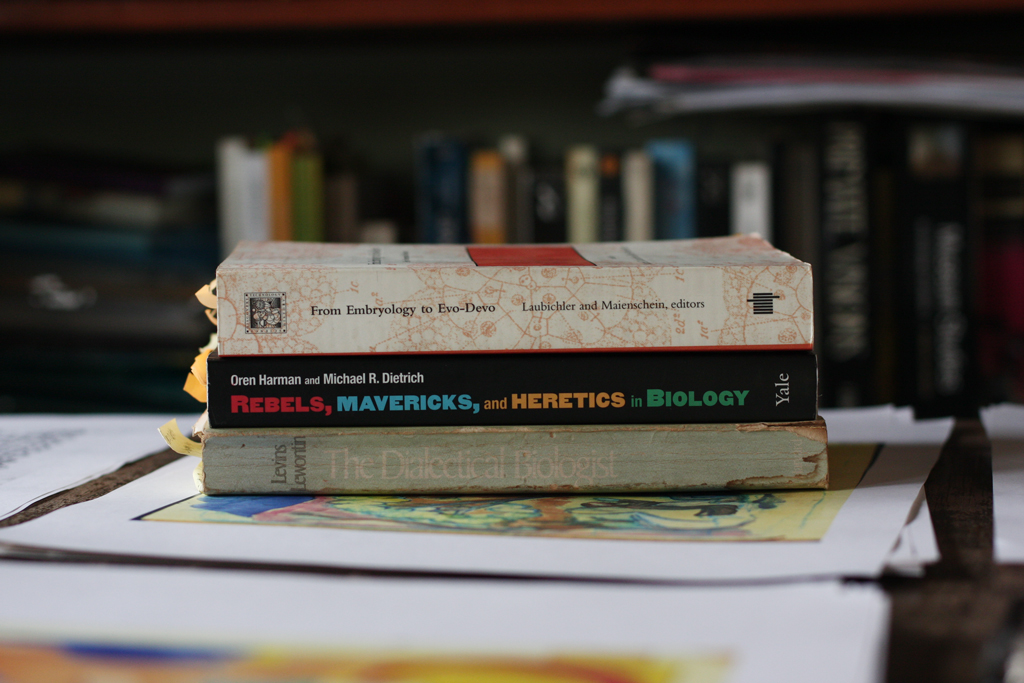
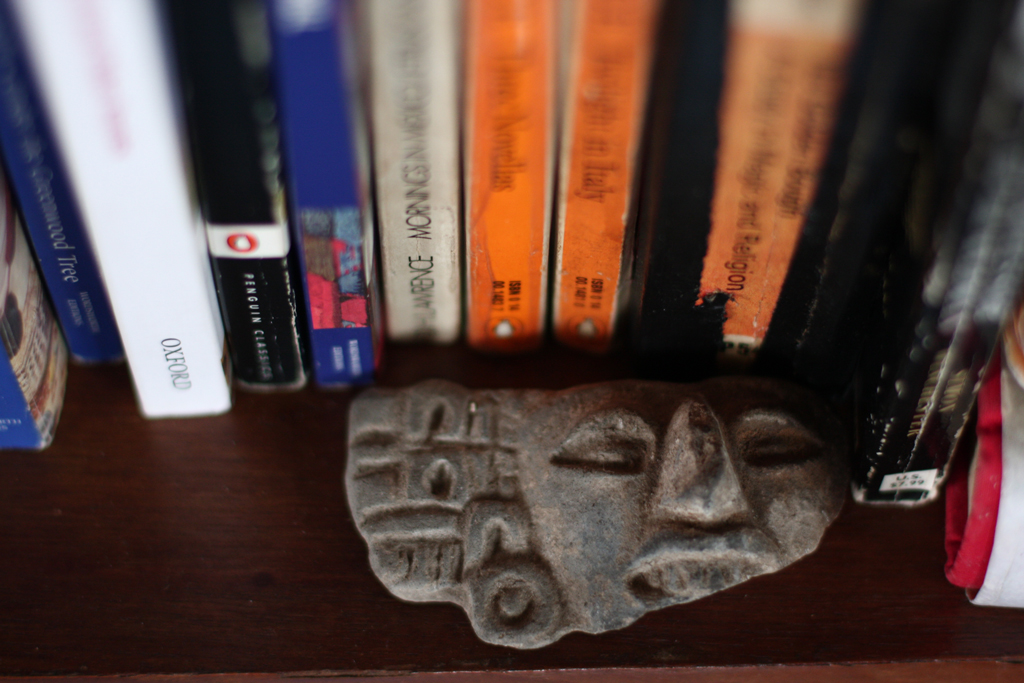
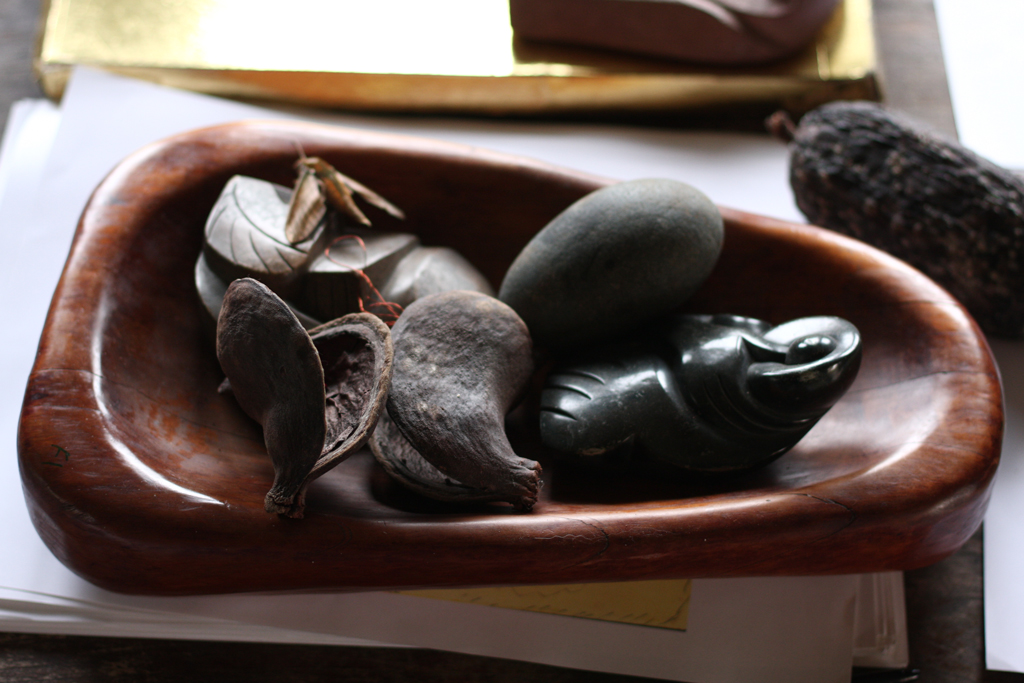
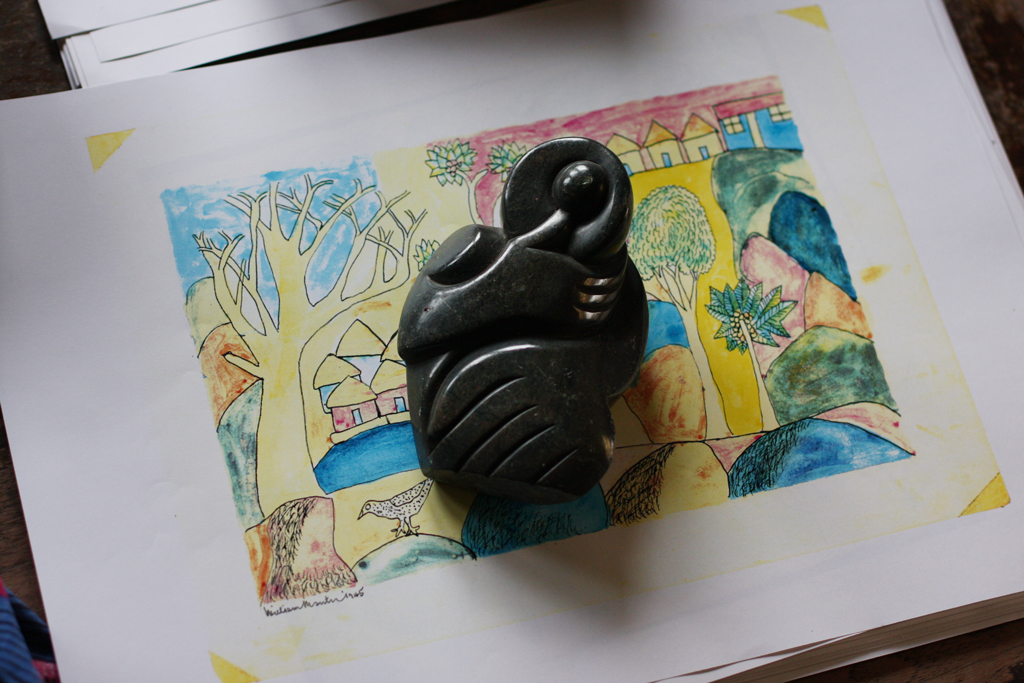
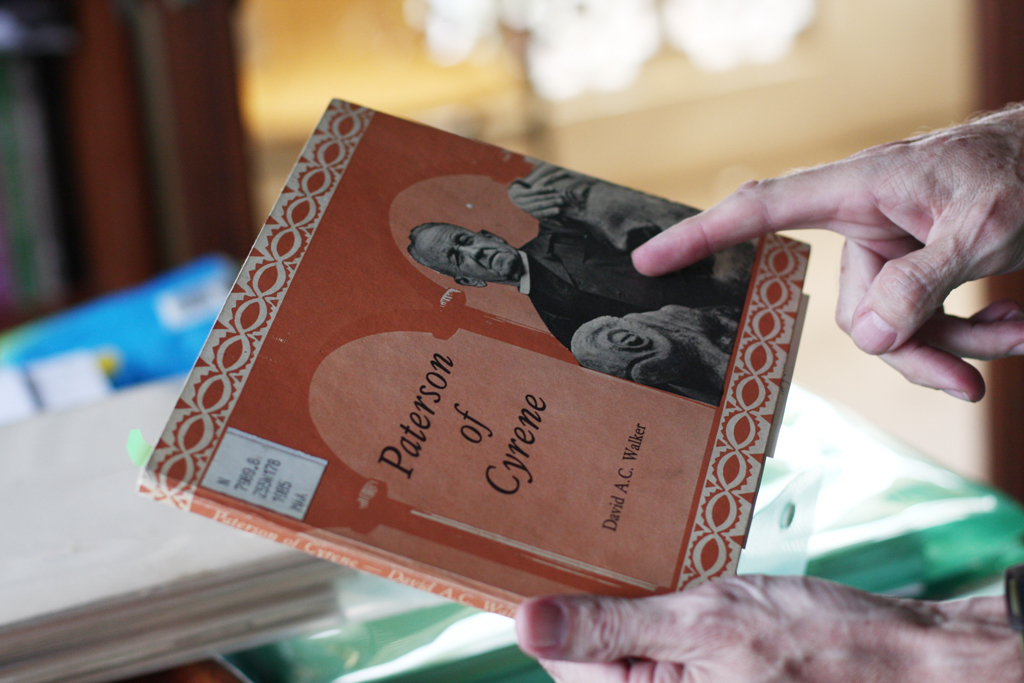
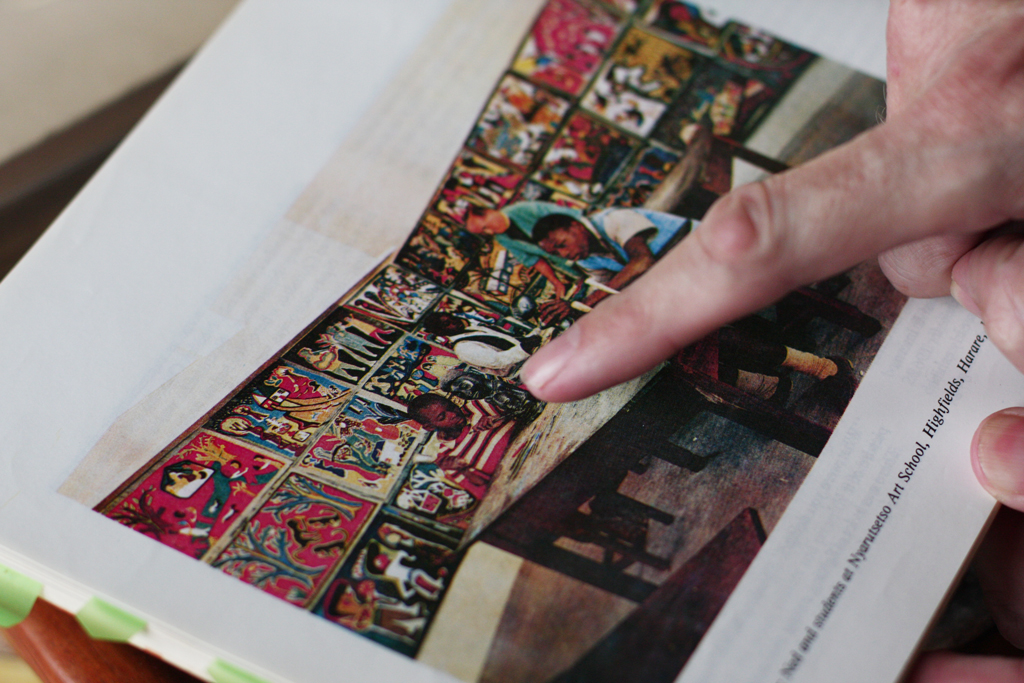
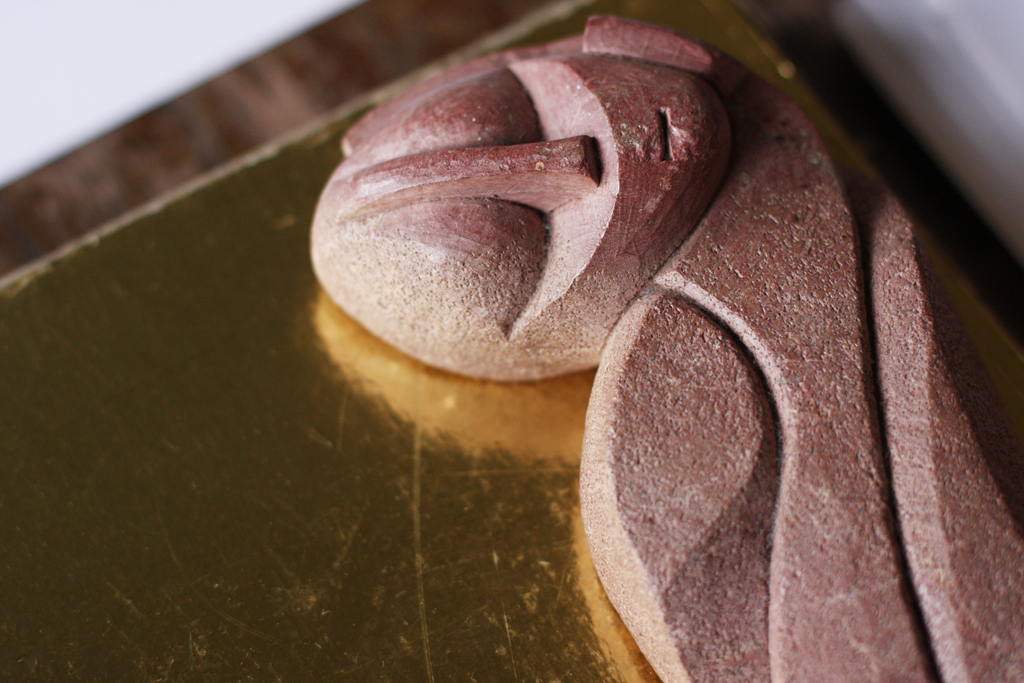
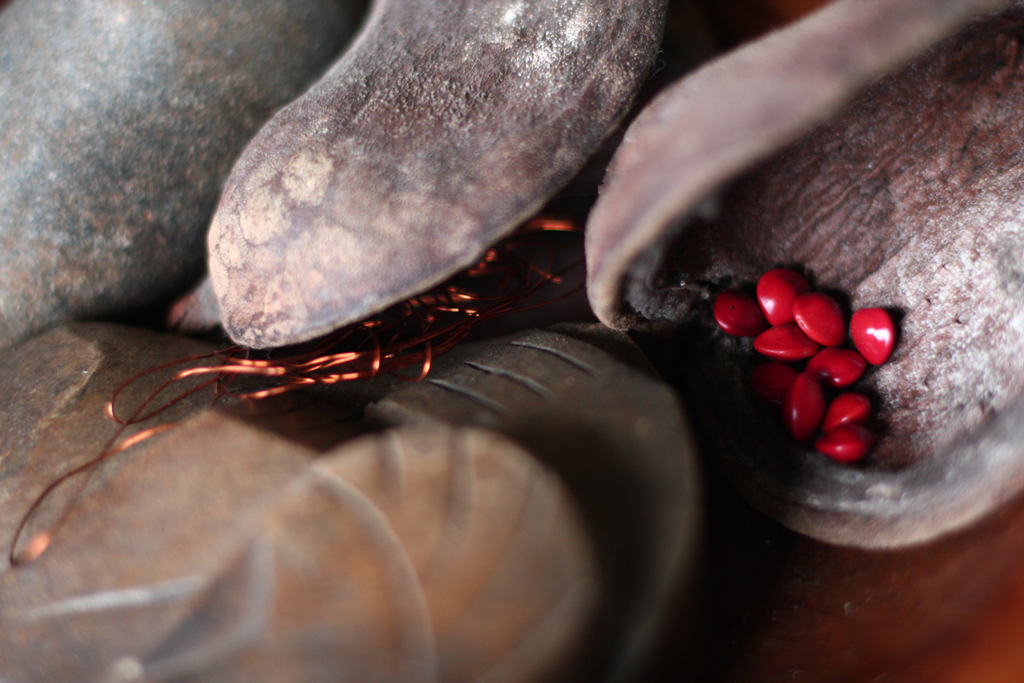
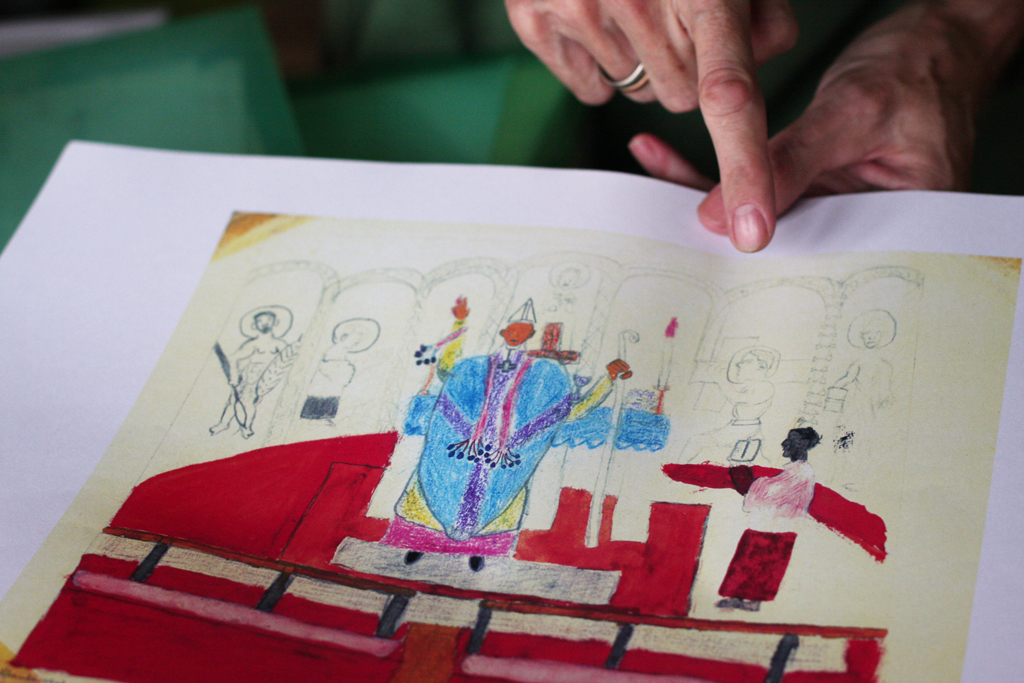
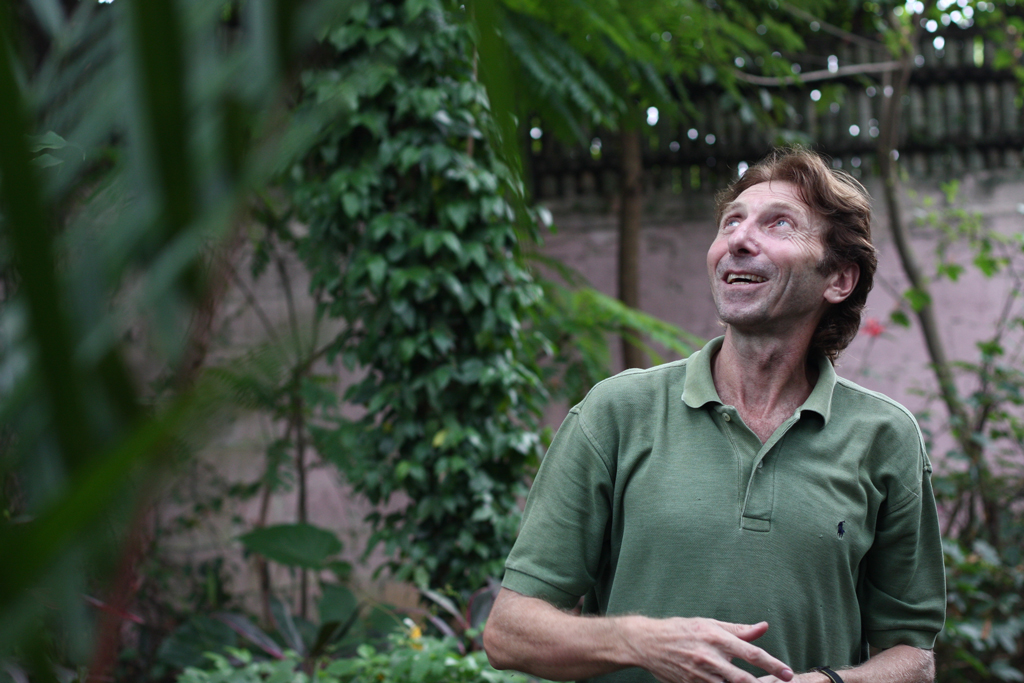
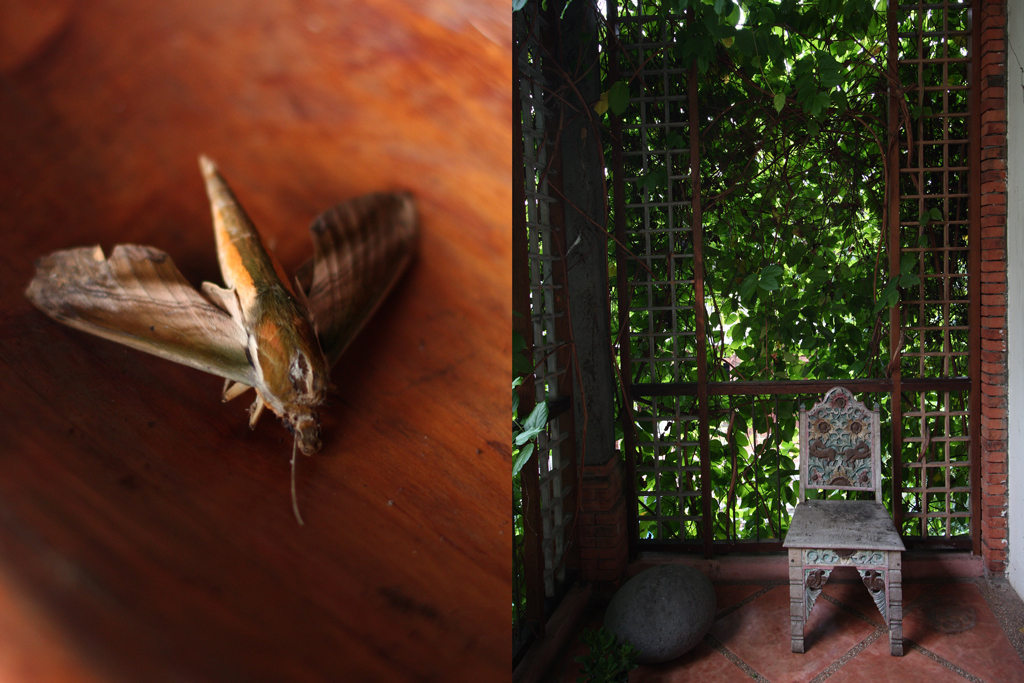
W
First, let’s talk about a little bit about your background. You graduated with a bachelor’s degree in molecular biology and your PhD in symbolic anthropology. Seeing how different those two concentrations are, how did you get involved in both?
Z
Chance. In high school you fall in love something and then you follow it to college. In my case, biology is something I fell in love with as a very young kid. I was always out in nature catching butterflies and that’s how I spent my time growing up in Africa. When I went to college I studied biology but the hardest part was choosing a focus. So molecular biology for me is really interesting. It’s really science. It’s the essence of how things work.
I got into research on biochemistry; so doing biology for me is like a natural love affair kind of thing. But I was in a lab and it was boring. Because you can’t see molecules you can only infer that they’re there through your experiments.
So then I was offered a research position doing cancer research. But again it was in the lab and dealing with molecules you can’t see. I wanted to do something more interesting.
Life is weird. I was over in a lecture in the art building one day and it was really boring. I looked on the floor and there was the paper. The Daily Texan, a college paper. And there was this picture of a professor with a butterfly net in the jungle and about how every summer he took his grad students to Costa Rica, into the jungle to do field ecology. I just knew that’s what I wanted to do. I saw his name, ran over to the zoology building. I remember it was a quarter to five on a Friday afternoon. I remember it very clearly. I ran over then and went up, ran into him. I spoke to him about my interest in nature, biology, and butterflies. Basically I told him that I am his assistant. After awhile he said ok. Then that’s it, I sold my car and went to my other professors I said I got a job catching butterflies in the jungle.
I went to Costa Rica and encountered the same problem with science – it was always measure, measure, measure, count, count and draw a line – and that was not enough for me.
One afternoon I was walking up a beach during sunset and I heard this beautiful voice, this woman was singing and accompanied by a guitar. I went up there and I sat down and got to know her. She said her boss’ husband works in the National Museum as the director of archeology. The next minute I was working at the National Museum as an archeologist on stone sculpture. So that took me to grad school and I studied art and religion, and that is really interesting. I studied sculpture and stone, where they were carved into or out of the stone in Latin America, Africa and now Indonesia. Its really art, religion and stone sculptures.
W
That’s when you started studying Shona sculptures?
Z
Another complete serendipity, right? I was studying South American art and religion. I then was giving a lecture on my work and then there was this very young professor who was new there and she wrote me a letter.
She told me that if I come and study with her, she will let me study whatever I want, no questions asked. She knew I was someone who needed my freedom, but urged me to go back home to Africa. It was the time of first modernism, the idea that this white African native would go back to where he came from and doing anthropology in Africa was this sexy post modern thing.
W
When was this?
Z
This was right at the break of post modernism. 1986. So I was an African native and went back to Africa to study the traditions that I grew up with. I was going back to my own history. This is my connection to my homeland, to my history as an African.
My work is an art & history project, but it’s about where they live; the nature and now the country. I connect to these paintings and landscape in a completely different way than a typical art historian from America going to Africa because I am like the boy in the painting, who has a love for that nature; and spends his time out there amidst the rocks and trees. It’s my past, my future. But what I am learning through this is that everything happens for a reason. As strange and difficult as it all is, I know that I am going back to Africa, it’s just a matter of time. When the time is right, the politics are right and perhaps when people are ready to appreciate what I am saying about African art.
W
You identify strongly with Zimbabwe.
Z
Yeah, with Zimbabwe. I’m also American and identify really strongly as an American, particularly, to the institutions I’m connected to. Ideally in the end the book I’m working on gets published and all of this data goes to where it will be best used. Is that Zimbabwe or is that America? For me, the best thing is when things go to where they matter most. Ultimately, someone will use it. I’d rather it be a Zimbabwean than an American because it’s Zimbabwean history. I’m sitting on a major piece of cultural heritage of my country. My whole idea is to share this and exhibit this in my homeland. Being a white African makes things really complicated, equivalent to a Dutch Indonesian – having these complicated postcolonial histories where you are actually from that place.
W
Before we go on, you said you were writing a book, could you touch upon what you are writing about?
Z
I have many book projects, but regarding my research on Shona Sculptures; It’s not really Shona sculptures but the history of modernism art in Zimbabwe. It’s about these modern artists who we were intimately familiar with modern European art. The question that people always ask is ”How is it possible that their work looks so much like modern art if they’ve never seen any modern art?” Well, duh! They have seen modern art and was intimately aware of it! But this fact had to be hidden. If not otherwise the art wouldn’t be seen as authentic.
W
It’s a marketing thing?
Z
Yeah, it’s more like an ideological thing and a marketing thing too. So one of the things I show is how many of these artists were not tribal magic mystical people from the mountains. They have seen modern art. When they built the National Gallery of Rhodesia, now Zimbabwe, they exhibited the full range of modern art at the opening. Subsequently the Shona artists worked as guards, cleaners at the opening. So they saw everything Picasso, Rodin and that influenced them. But it was all hidden. So no one will appreciate it when I present the data, which is rock solid – that these Shona Sculpture guys are intimately familiar with modern art and therefore deconstructs the national myth. Many feel that it takes the mystique away by saying that they were influenced by and aware of European art and somehow their art is less African.
All artists are influenced by art from other places. The better they are the more interested they are in arts of other places, and they incorporated it into their work consciously or unconsciously.
W
They do not want to reveal the fact, why is that?
Z
Because the first director of the National Gallery of Zimbabwe created this art form. And that he created this discourse. He said this is Shona’s sculpture. These are their ancient symbols. This is an ancient art form reemerging. This magical event has happened. And it’s a very interesting and people find it meaningful and appealing, even the artists’ themselves too. It’s a good story and a great sales pitch. It sells the art, no one wants to have this deconstructed because the market is built on it.
It is this myth of pure primitive artist or ethnic artist. The myth of purity is the problem. It’s not that I want to debunk it but there’s nothing I can do about it because that’s what the data is and says.
W
One of the research you are working on is on the temple compound Muara Jambi, could you explain to us what Muara Jambi is?
Z
It was a Buddhist University. People were learning about philosophy, logic, medicine, and whatever they study in Buddhist Universities. We were told that there were ten thousand monks in this place studying at any one time. So when the Chinese Buddhist were going to India to study Buddhism, they would come to Sumatra first to train in reading Sanskrit – studying and learning text, prayers and it all goes together. And then after a certain period of time they would go on to India and they would come back. The Asian world in the Buddhist period’s beating heart was Sumatra. And it connected India and China. The fact that many Indonesians don’t know this is absolutely extraordinary. This was a major university complex for 500 years.
W
Are people aware of the site? What are the activities happening there?
Z
If you go to Muara Jambi on a Saturday or Sunday there might anywhere from 500 to 800 people there. They’re riding their bicycles around and enjoying themselves, but of course most do not know what Muara Jambi is and why it is there, but the people are there.
W
And who are these people?
Z
The people from Jambi. People in the Jambi city. You maybe get 5 people from outside of Indonesia in a month – 10 maybe. Every now and then you would get people from Jakarta. Now that it’s on the media people are starting see and wonder what is there. So what we are trying to do is bring people in, we’re trying to create awareness.
The people there are actively protecting their cultural heritage. They live inside the site; it’s their heritage. And because I’m an anthropologist, my whole schtick is about what information can do. Activist anthropology. It’s not just to go into a book and sit on a shelf. But it’s to affect and have a community to use it.
The community around Muara Jambi started a thing called SARAMUJA (Sekolah Alam Raya Muara Jambi). I just love these sekolah alam raya things because they are about nature and about education. So it’s a nature school. On Sunday all the kids in the village go around and study the temple and the nature. They’re learning about their heritage and cleaning their environment.
W
Where can we look for information regarding Muara Jambi?
Z
For Muara Jambi go to a website called Padmasana. When you see a Buddhist Sculpture you have a base with the Lotus leaves around it – that is what Padmasana means, and the metaphor is that they are building a base for the knowledge about Muara Jambi and Jambi. They’re doing research, they’re documenting, they’re photographing, they’re making a community and making its information available. The idea being that tourists will start to come and learn the importance of Muara Jambi.
People need to go look for themselves. Find out why Muara Jambi is important and go there, it’s only 100 bucks to go to Jambi and back. For people who are interested in the history of Indonesia it’s inconceivable that you would go to Borobudur and never know about and go to Muara Jambi.
W
But that is exactly what is happening.
Z
That’s where we in. When you walk into the National Museum, into the courtyard where are all the sculptures are there is one giant sculpture of king Aditiawarman. In the back of the museum there are these tantric Buddhist demonic sculptures. Really strange stuff. Skulls, knives, fangs, blood sacrifices, all great stuff (laughs) – all of these are from Sumatra; these demonic forms of tantric Buddhism. How many people in Indonesia even know where they come from? How many people go into the museum, of the hundreds and thousands of people who have been there have any idea of the history of the Batanghari river system and Sumatra and its relationship to Java. We need more investment to go to programs, education, research, publications – that is the inner-beating heart of a museum.
Fortunately we have the first book by the National Museum on Sumatra when it came out with an exhibition in 2009. So now we have articles on the history of Sumatra- on the ceramics, sculptures, text, etc that came out in 2009. The knowledge sector is starting to reach this critical stage where the government project is to revive the museums.
What results from this is the emergence of public participation. You see knowledge reaching critical mass, and this is where it gets interesting because it will go mainstream. Muara Jambi has already became mainstream through Tempo, the media and television, but until you get people going to see it for themselves, going into the Jambi Museum, going into the National Museum asking “okay, which sculptures comes from Sumatra?” until you get that active engagement with the place, history and objects in the museums – we haven’t succeeded, and that’s what we need to do.
W
Why do you think people don’t go to museums here?
Z
The most obvious answer is that the museums’ a colonial relic. It’s irrelevant to Indonesians. Why would you go to the museum when you can go to the mall and see beautiful things for sale, that you could own yourself of the highest culture of the time?
But that doesn’t mean that they are not important and that people don’t need to truly learn and engage their museums and make them their own. Learning is a purely personal adventure. You go to the museum to look at those sculptures because you want to, because for some reason you’re interested in them.
That being said the education programs at the National Museum is really improving. People are actually having educational experiences now.
Now, I go to the National Museum all the time, or all the museums in Indonesia. And I watch, is there anyone here? If they are what are they doing? How are they interacting with the objects? What are they learning or not learning? Every now and then you just see the most amazing things happening. You see a really good teacher, who knows exactly what they are doing.
If you go to the new wing of the museum, they got this great section of evolution. It’s really well done. I happened to go there a few weeks ago and it’s jammed packed with kids. Usually you don’t see this but they all had notebooks and they all had pens, cameras and they were taking pictures, drawing, and taking data. They were asking questions and they were talking. When that happens, my heart just feels so happy.
W
How do you think we can get more people to be more engaged with museums?
Z
What ever subjects being taught – history, culture, religion, and whatever – if you were to integrate the museums and the schools together as a program then teachers and the students will develop a relationship with the museum. It is not about a one time visit, it’s a lifetime experience.
W
You are very active in using social media, particularly Facebook. Can you describe how you use and how it contributes to your work?
Z
The point of social media for me is to get Indonesians to use Facebook to distribute meaningful information – Not their latest meal (laughs). Something meaningful, and Facebook allows you to do that. For instance yesterday a very famous historian visited Muara Jambi, and how do I know? Because someone posted a photograph of him visiting on Padmasana’s Facebook, and straight away I knew Pierre Manguin is there. It is really exciting. Over the years I have been encouraging young Indonesians, intellectuals, academics and people in institutions to get more and more active about what they put on their pages that are relevant to people who are interested in history and culture, and you can see Facebook is getting really useful for this.
I’m trying to get people to engage their own history, when I meet people who are really doing that, it’s really cool. They appreciate what I’m trying to do because I’m all about open access – sharing information to see what it will generate. It’s all about what can your data do.








